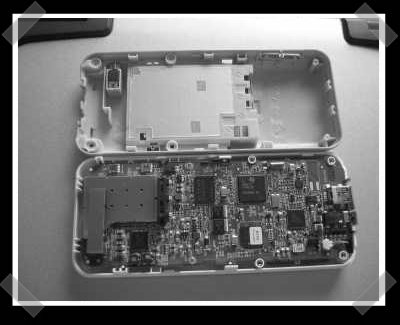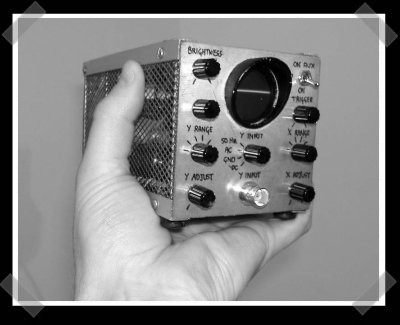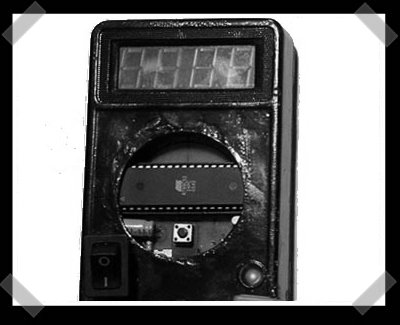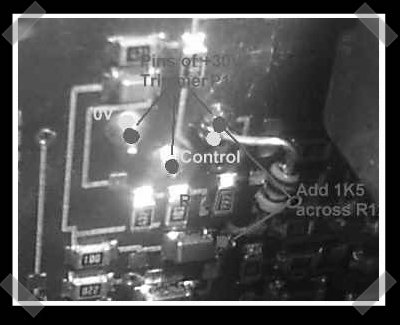
Billy Hoffman and Bryan Sullivan from SPI Dynamics gave one of the more entertaining talks today. The title is an allusion to peoples willingness to apply new technology before they fully understand it. Instead of laughing at silly web 2.0 developers they decided to build their own AJAXified website by consulting the resources that any programmer would: AJAX books, blogs, and forums. What they ended up with was hackervactations.com… a security hole riddled gem built on good intentions.
Misc Hacks4186 Articles
Black Hat 2007 No-Tech Hacking With Johnny Long

[J0hnny]’s at Blackhat and Defcon this year with his talk on “No-Tech Hacking”. It’s a fun talk that boils down to this: loads of information can be gathered using low tech methods. A small digital (or film) camera is ideal for shoulder surfing, identifying weaknesses, and assessing strengths.
The talk is pretty amusing – the commentary on the example shots is priceless. The concept has gone over so well at the cons that [J0hnny] has contributed a chapter to a book on risk management. You can grab a sample chapter here. It looks like he’ll be running his talk at 8pm on Friday at Defcon. From the sample chapter, I’d say that the book should be pretty good. It looks like a good introduction to social engineering and using your wits to defeat obstacles (like corporate security).
How To Overclock A Casio Fx-9750G Plus

[Visceroid] could only find overclocking resources online for TI calcs. He spent some time under the hood of his casio fx-9750G plus and sent in a write-up for us. I gave it a quick edit, but here it goes:
I opened up the calculator, which reveals the board with the processor on it,
with the RAM, ROM, CPU and a few other surface mounts visible.
The graphics are underneath and the buttons are also underneath on an underlying board.
The main batteries, backup battery and serial port are connected on the underlying board, and I also have access to them.
SIP For The SMC WSKP100

[sprite_tm] made my morning by sending in his latest work. After opening up his new SMC WSKP100 (Skype wifi phone) to identify the hardware differences, he managed to shrink a flash image from the SMCWSP100 to fit on his new toy. Then he spent some time hacking the kernel from the former to work on his phone. The result? A SIP operational phone that’ll connect to his asterix server at half the price of SMC’s official SIP phone.
Tiny Oscilloscope

This little o-scope is built entirely using valves (tubes), built by [Ian Wilson] and [Hans Summers]. [Hans]’ site covers everything from monitor gutting to a Z80 viscometer, it’s worth taking some time to poke around. Thanks to [Elliot] for sending in this one on the tips line.
DIY Frequency Meter

[Wolf] sent in this site a while back, and I thought that this frequency meter how-to looked pretty useful. It’s based on an Atmel AT89C52 and a gutted multi-meter. The circuit isn’t too bad. (The worst of it has to be all the display lines.) The Atmel grabs the signal to be measured and drives the display, so the parts count is pretty low.
Switchmode Power Supply Hacking (power Your Laser)

[Mike] wanted a better power supply for his argon laser, so he modded some switchmode power supplies. With a few tweaks, he had a few adjustable voltage outputs and a nice solid supply of electrons for his laser projects. If you need a lab quality adjustable power supply for your projects, this is a nice way to get it on the cheap. (He’s in the UK, but the same ideas should apply to us models.










